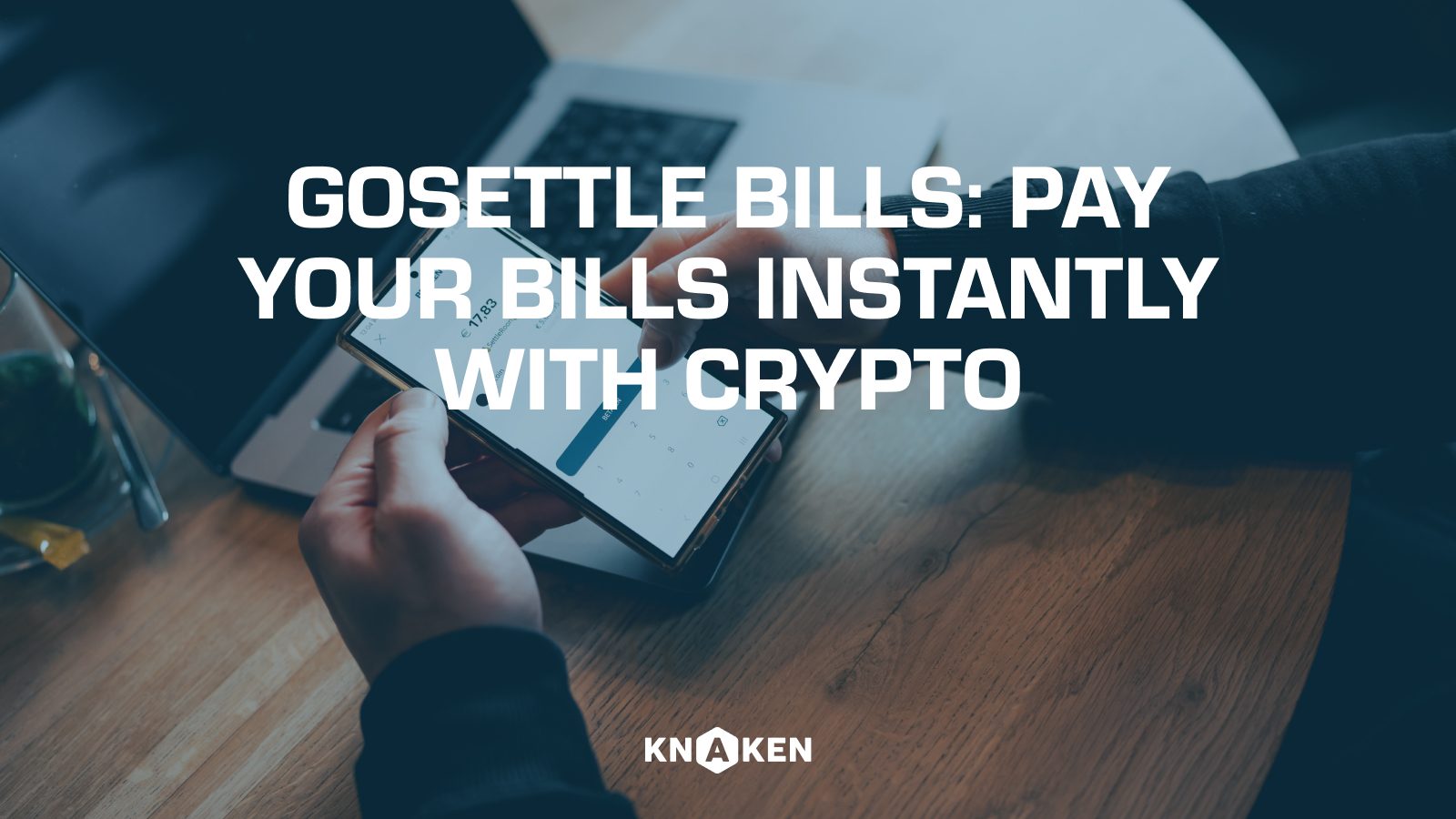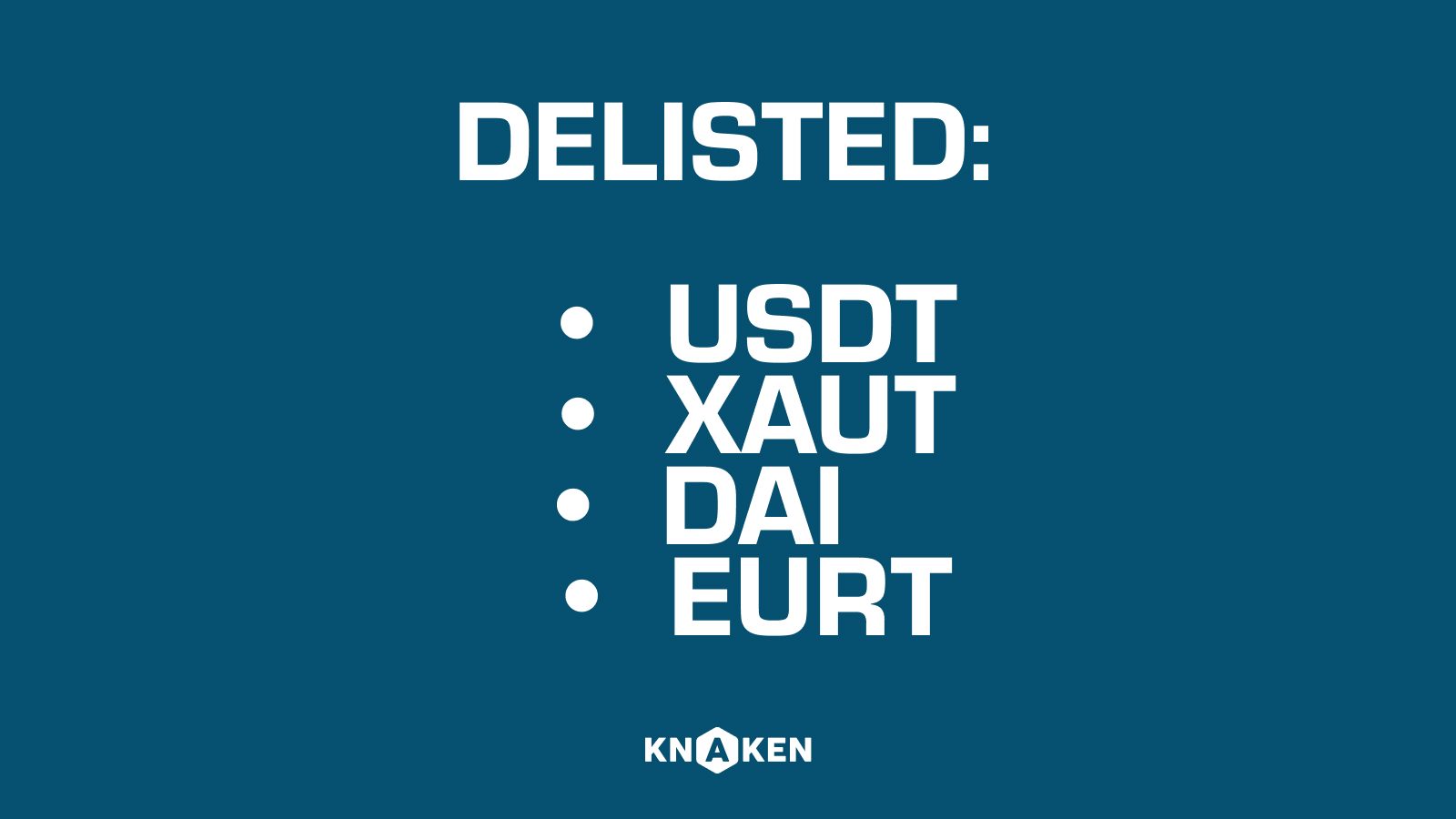In the world of cryptocurrency, the term Layer 1 refers to the base protocol that operates directly on the blockchain. This foundational layer embodies the core functionalities of the network, handling transaction validation, security, and the consensus mechanism. Layer 1 solutions are essential for creating robust and decentralized networks that support various applications and functionalities. Understanding Layer 1 is crucial for grasping the overall architecture of blockchain technology.
Layer 1 blockchains form the backbone of the blockchain ecosystem, enabling various applications and services. They interact directly with users and developers, providing the essential infrastructure for decentralized finance (DeFi), non-fungible tokens (NFTs), and other blockchain-based technologies. The performance and innovation of Layer 1 blockchains can significantly influence the growth and adoption of the broader cryptocurrency market.
While Layer 1 refers to the fundamental blockchain protocols, Layer 2 solutions are built on top of Layer 1 to enhance scalability and transaction speed without compromising on security. Layer 2 technologies, like the Lightning Network for Bitcoin and Optimistic Rollups for Ethereum, aim to address the limitations of Layer 1 blockchains by facilitating off-chain transactions and alleviating congestion in the base layer.
The future of Layer 1 blockchains will likely involve continued innovation in consensus mechanisms, scalability solutions, and energy-efficient practices. As the demand for decentralized applications grows, Layer 1 blockchains must adapt and evolve to meet new challenges and opportunities, ensuring their relevance and longevity in the rapidly changing landscape of cryptocurrency.
Layer 1 blockchains are essential components of the cryptocurrency ecosystem, providing the foundational infrastructure for a variety of applications. Understanding Layer 1 and its complexities is vital for anyone looking to engage with or invest in cryptocurrencies. As technology advances, the evolution of Layer 1 will play a significant role in shaping the future of decentralized finance and blockchain innovation.



Knaken Cryptohandel B.V. has applied for a MiCA license from the Netherlands Authority for the Financial Markets (AFM). This application is currently being assessed by the AFM.
Investing in crypto-related products involves significant risks.















